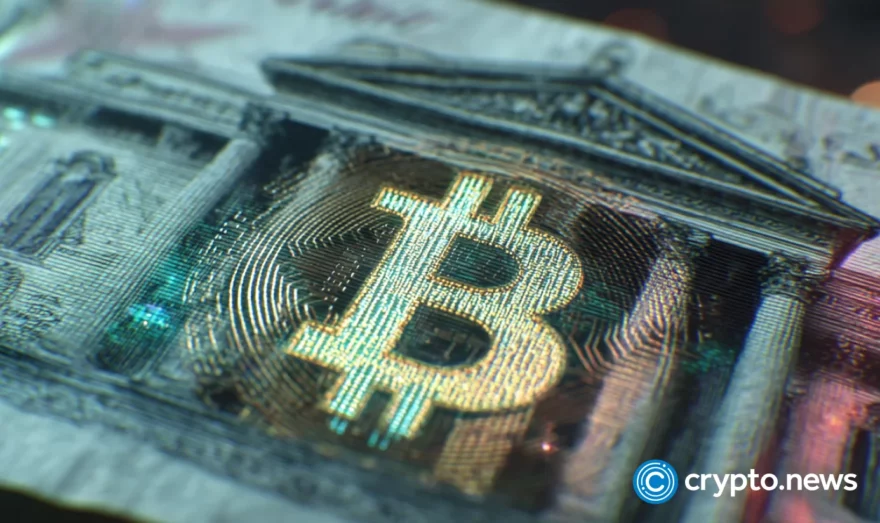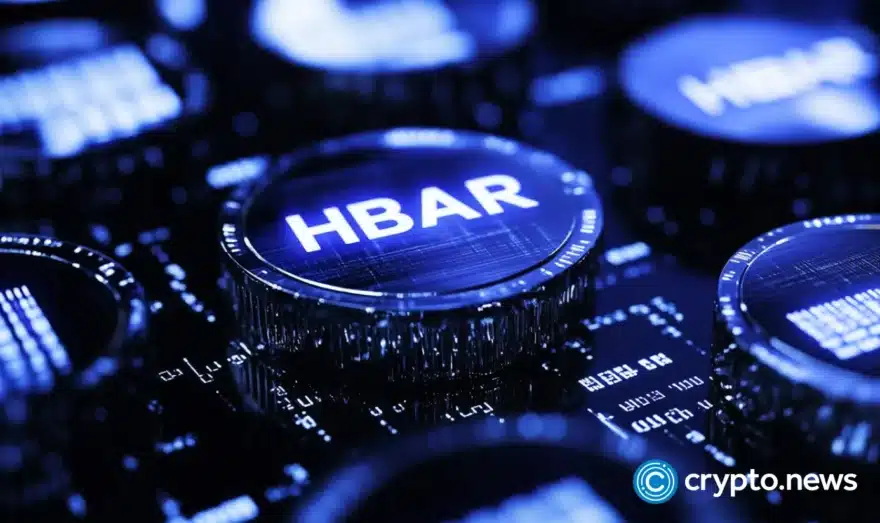Sergey Kondratenko: Cutting-edge AML and KYC procedures

Disclosure: This article does not represent investment advice. The content and materials featured on this page are for educational purposes only.
According to UNODC (United Nations Office on Drugs and Crime), funds are laundered annually in 2 to 5% of world GDP ($800 million – $2 trillion). Since money laundering is a hidden crime, it is impossible to calculate more accurately.
This causes great damage to the global economy and the global security system as a whole. For this reason, the rules and requirements for financial control, monitoring, and inspections are becoming more stringent every year.
AML (anti-money laundering) and KYC (know your customer) procedures are applied to balance the system and counter financial crimes.
Financial technology expert Sergey Kondratenko notes that AML is a legally recognized rule for preventing money laundering. KYC is a component of AML, the essence of which is to verify and identify clients.
What is AML and KYC? What is the difference? Why is “screening” an important component?
The concepts of AML and KYC are often used together. They have one goal – to minimize illegal financial activities. However, KYC is a more limited process in its objectives – identifying the client’s identity.
The KYC procedure is mandatory for financial institutions and is carried out at the beginning of financial relationships. It is more about understanding the client.
KYC checks consist of gathering basic client information; document verification; electronic identity verification; cross-referencing against sanction lists; understanding the purpose of client transactions; and ongoing monitoring.
“As a rule, the check can be repeated if personal data changes or noticeable deviations appear in the client’s financial activity,” Sergey Kondratenko says.
AML procedures are more complex. It includes both KYC and a wider level of AML checks and regulatory requirements for all procedures. If detected, AML procedures also provide for filing a SAR and a suspicious activity report.
Unlike KYC, AML procedures are a continuous process. Suppose the task of KYC is to identify the client at the initial stage and to allow or not allow his financial activity. In that case, the task of AML as a whole is to prevent violations throughout the entire period of the client’s financial activity.
AML Screening plays a significant role in this. Verification is carried out continuously, from personal data to transactions and financial activity of each client. Its goal is to identify potentially dangerous financial activities associated with financing terrorism, fraud, and money laundering and to prevent such financial crimes.
All financial organizations at risk of money laundering must have and use an AML system to screen clients and their financial transactions. Otherwise, the regulatory authorities can punish them with fines and sanctions, Sergey Kondratenko draws attention.
Screening: technologies and tools
AML Screening is generally carried out automatically. This complete technological system provides software automation with access to various databases. comments Sergey Kondratenko.
The system compares the current activity of each client with the previous level of financial activity, makes constant changes to the risk profile, checks personal data and the nature of transactions, notifies about transactions that may be part of financial crimes, carries out continuous screening against available databases and watch lists :
- Sanctions watchlists
Sanction screening compares the client’s personal data with those specified in sanctions lists published by governments or international organizations. Sanctions lists contain information about individuals, and companies subject to sanctions.
If a match is found, transactions and the customer’s account are blocked and may be frozen for outgoing transactions
- Watchlists of politically exposed persons (PEP)
Politicians, officials, and civil servants who hold significant positions are exposed to high corruption risks. This is a signal for enterprises and financial organizations about the presence of risks of illegal financial transactions and money laundering. When such clients are identified, a more thorough check and further monitoring of their financial activity is carried out.
- Terrorists watchlist
Such a database contains information about individuals and legal entities involved in terrorism and terrorist financing. Screening against this watch list makes it possible to promptly prevent the financing of terrorism by blocking transactions and customer accounts, and alerting authorities.
- Adverse media
Screening negative media mentions helps identify potential money laundering risks and illegal financial activities. For example, information about financial fraud is circulating in the media about a potential client of a financial organization. If the information is reliable, then this directly affects the risk profile of such a client.
Also, screening negativity in the media is accompanied by difficulties. Firstly, large volumes of information are difficult to process quickly. Secondly, it is difficult to check the accuracy and objectively assess negative information in the media and the nature of the messages.
The assessment is influenced by the authority of the source, the authority of the author, and references to direct negative sources that are cited in each publication.
An automated system is not always able to carry out an objective analysis. Manual checking requires significant effort and cannot be carried out quickly enough.
- Warnings and regulatory enforcement lists
These lists include individuals or organizations that have been or have previously been held accountable for various offenses, primarily for economic crimes. Such lists are compiled by law enforcement agencies and regulators.
Verifying such data helps organizations respond to potential violations or identify possible risks.
AML Screening based on watch lists helps organizations, government agencies, and enterprises take part in the fight against money laundering and the prevention of financial crimes.
Sergey Kondratenko notes that AML Screening must be considered from the point of view of combating money laundering and as an action directed externally. Such inspections help, firstly, to identify risks for the organizations that conduct the inspection themselves. This is important for government agencies, large enterprises, and private businesses to protect themselves in the global financial system. Therefore, AML Screening is used in various sectors of the economy and by various business entities.
Using AML screening
AML screening is widely used in many industries around the world. Sergey Kondratenko suggests considering several areas where screening is used:
- Governments, central banks, and regulators: These organizations use AML screening to monitor financial activities, ensuring that government transactions remain transparent and open to prevent corruption and illicit and terrorist financial flows.
- Corporations and non-profit organizations: In these sectors, AML verification is critical to verify the legitimacy of financial transactions, prevent money laundering through corporate channels, and ensure that charitable funds are used appropriately and not diverted to illicit purposes, and finance terrorism.
- Healthcare: The practice of AML in healthcare aims to prevent fraud, such as false billing or medical misuse while protecting the financial integrity of healthcare institutions and the trust of patients and stakeholders.
- Insurance: Verification in the insurance industry helps prevent financial crimes such as insurance fraud, including false claims and money laundering through insurance policies.
- Financial services: This sector is perhaps the most regulated regarding AML verification. Banks, investment funds, and other financial institutions carefully screen clients for detection, terrorist financing, and anti-money laundering, ensuring the integrity of financial markets.
These industries rely on AML verification as a fundamental practice to protect themselves and the broader economy from the risks associated with financial crime.
Note that this is not an exhaustive list of where AML screening can and is used, but rather the main and most popular industries.
Compliance with strict AML measures helps maintain the integrity of financial markets and attract legitimate international business. Moreover, effective AML verification helps comply with global security standards and promotes international cooperation in the fight against financial crime, notes Sergey Kondratenko.
Disclosure: This content is provided by a third party. crypto.news does not endorse any product mentioned on this page. Users must do their own research before taking any actions related to the company.














